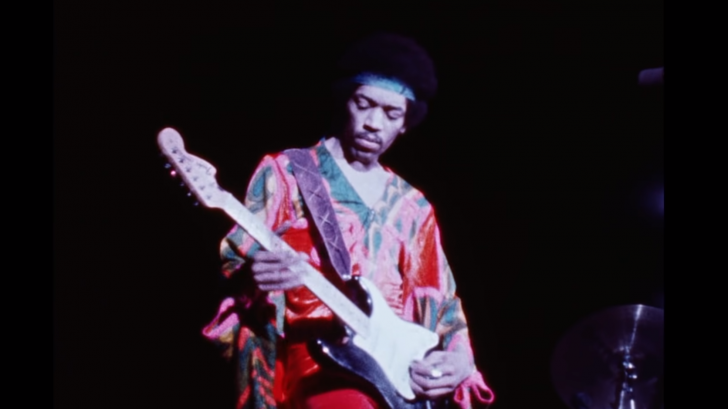In a troubled time, a product of the cold war and the precariousness of minority rights, a youth movement arises that begins to oppose the power of the state and that of their own parents, asserting that the world could be a better place, where love was the center of the universe.
View this post on Instagram
The social dynamics and decadence of this era based on intolerance drove the hippie movement – a countercultural manifestation that emerged in the US in the 1960s and then spread throughout the world. Hippies professed the values of nonviolent anarchy, pacifism, the sexual revolution, and concern for the environment.
These precepts led to valuing the inner wealth over the mundane stereotypes of popular culture and idealizing a world where the human race was based on love and personal experimentation, in the search for a “new man.” In this way the use of acid as LSD became a common practice, at a time when the consequences of the use of this type of drug were not known. Thus, the use of acid was promoted by Prof. Timothy Leary who in September 1966 founded the League for Spiritual Discovery, in which the use of psychedelic drugs was the central aspect of religion, LSD soon became It spread among young people, subsequently generating that the United States Government decreed the prohibition of its use and consumption.
View this post on Instagram
All these events quickly invaded the art scene. Rock musicians were believed to compose their songs under the influence of LSD and other hallucinogenic drugs. Bands like The Doors produced music with strident tones and sequences of sounds, something never heard at the time and, not to mention the lyrics of their songs, loaded with mind-blowing experiences and intolerant sexual experiences for the time. Thus, graphic design set out to try to reproduce these effects on a visual level.
View this post on Instagram
In reality, psychedelic design-challenged many of the estimates of what composition and shape manipulation should be, already pre-established years before by the Bauhaus and Swiss International Design. Already other artistic movements such as Art Nouveau and Op Art had made deformed fonts and ornamental ornaments, as well as three-dimensional effects. The difference, in this case, was what motivated this graphic expression: In line with rock music and civil liberation movements, the psychedelic design sought to graphically express the flight to a delusional world alternative to the imposition of power.
- Graphically, the psychedelic design is based on:
- Deform and undo typographic shapes emulating liquid figures, also losing proportion in some cases.
- Strong colors that produce contrasts. Complementary color palettes are used, although in some cases the explosion of saturated colors was the rule.
- Use of ornamental curved shapes.
- The application of geometric elements.
- Symmetrical compositions.
Repeat effects combined with intense colors. - The use of illustration: silhouettes, drawn faces, and different floral shapes.
- A visually explosive style, widely used on album covers and posters.
Psychedelia was one of the most notorious components of the counterculture of the time, offering an escape route from the limits imposed on consciousness and daily life by the dominant system. It gradually lost notoriety and was later displaced by other cultural currents, although its influence persists in multiple contemporary manifestations, being especially obvious in advertising, video clips, cinema, and psychedelic music with an underground vocation.
In the eighties, there were several neo-psychedelic outbreaks. One of them is the psychedelic trance, a movement that takes up some principles of the psychedelics of the sixties, promoting empathy with the planet and the use of music as a meditation tool. Another manifestation is the Psybient, an encounter between electronic music, the complex structures of progressive rock, and psychedelic aesthetics. In the 90s, Indie music and the Grunge scene were also strongly influenced by the hippie and psychedelic movements of the 60s and 70s.
Learn more about the history of the “psychelic look” of the 60s and where it came from in the video below:

